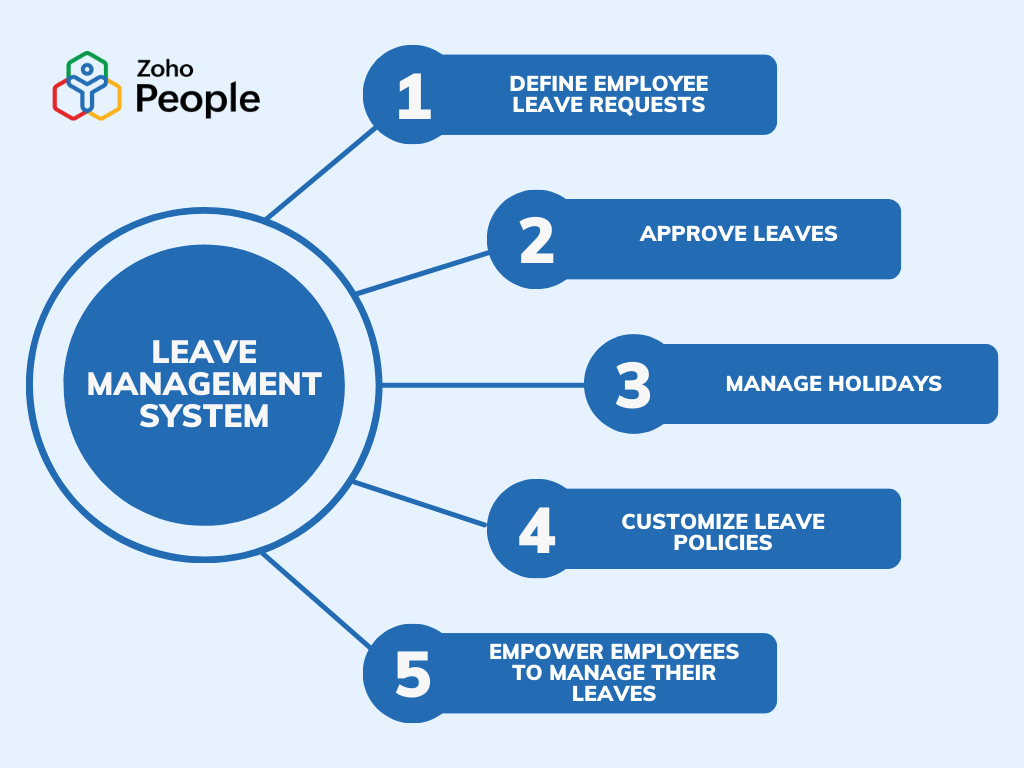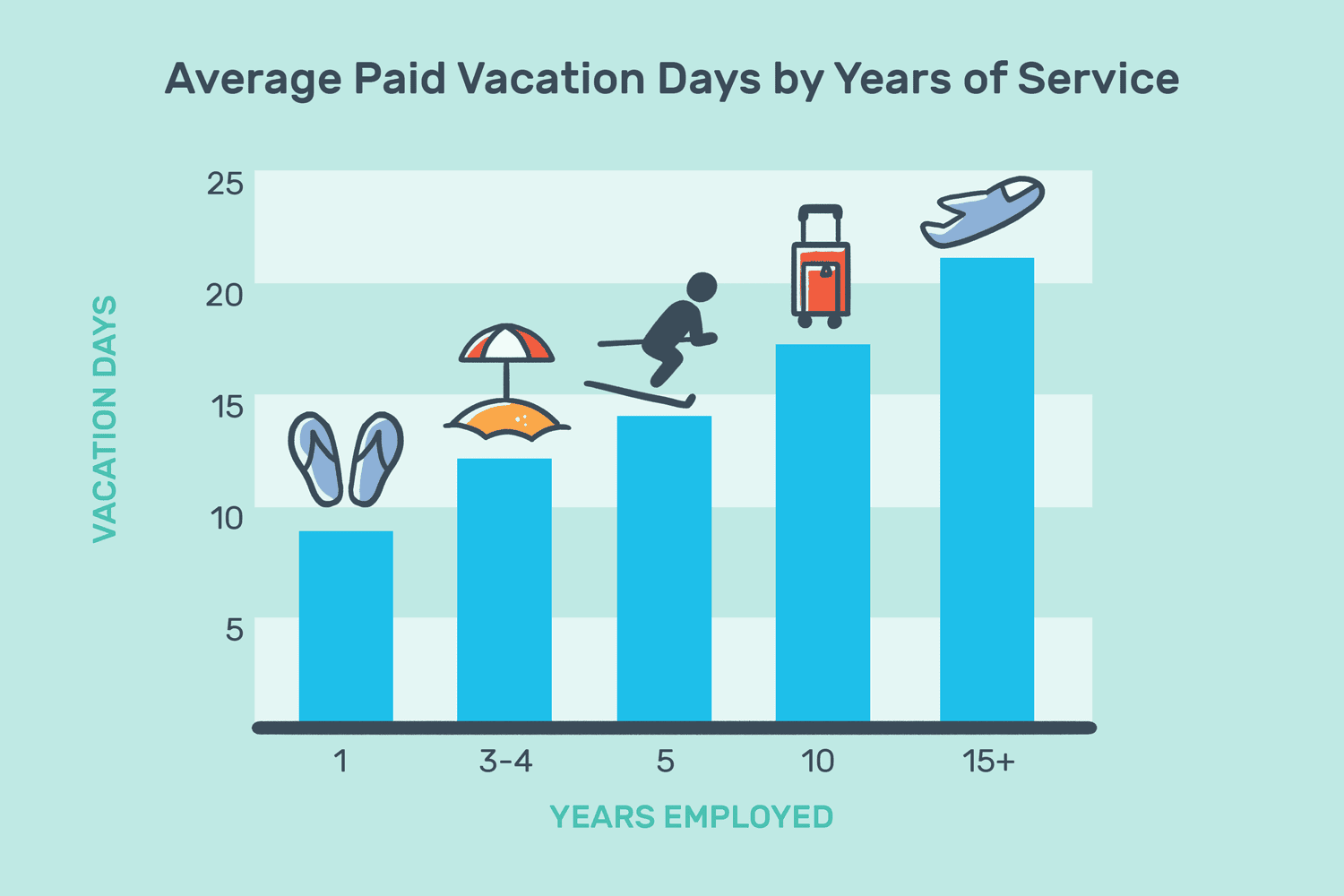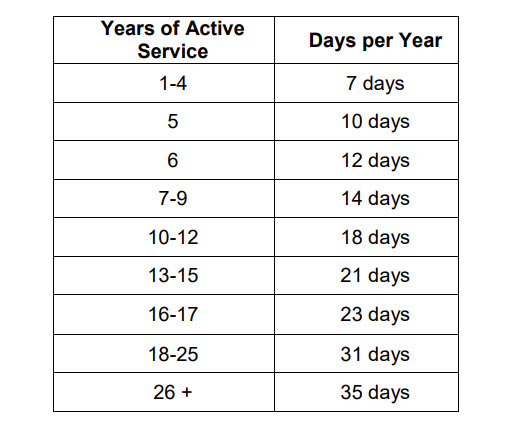Managing employee leave is a critical aspect of human resource management that directly impacts productivity, compliance, and employee satisfaction. An effective leave tracking system streamlines this process, ensuring accurate tracking, approval, and reporting of employee leave. Here are the key features that define an effective leave tracking system:
1. User-Friendly Interface
A user-friendly interface is essential for any leave tracking system. Employees and managers should be able to navigate the system with ease, submit leave requests, and view leave balances without extensive training. A clean, intuitive design with clear instructions and easy navigation helps in minimizing errors and improving user adoption.
2. Customizable Leave Policies
Every organization has unique leave policies. An effective leave tracking system must allow customization to accommodate various types of leave (e.g., vacation, sick leave, parental leave), accrual rates, carry-over rules, and other company-specific policies. This ensures the system can adapt to the specific needs of the organization.
3. Automated Leave Requests and Approvals
Automation is a key feature that simplifies the leave management process. Employees should be able to submit leave requests online, which are then automatically routed to the appropriate manager for approval. Automated notifications and reminders ensure that no request goes unnoticed, speeding up the approval process and reducing administrative workload.
4. Real-Time Leave Balances
Employees and managers should have access to real-time information about leave balances. This feature helps employees plan their leave effectively and enables managers to make informed decisions regarding leave approvals. Real-time data also helps in preventing situations where employees take leave they are not entitled to.
5. Integrations
An effective leave tracking system should seamlessly integrate with calendars as Google calendar or Outlook Calendar. This integration allows employees to view their leave schedules alongside their work commitments in a single calendar interface, reducing the chances of scheduling conflicts. Managers gain a comprehensive view of team availability, facilitating better planning and resource allocation. Automated calendar updates ensure that any approved leave requests are immediately reflected, minimizing manual entry errors and administrative burden.
6. Mobile Accessibility
In today’s mobile-centric world, having a mobile-accessible leave tracking system is crucial. Employees should be able to submit leave requests, check leave balances, and view approval status from their smartphones or tablets. This flexibility enhances employee convenience and ensures that leave management is not restricted to office hours.
Day Off
The #1 tracker for your team’s PTO, vacations and absences, Day Off will help you track your team’s leaves and absences in one place. In seconds you will set up your leave policies, approval workflow and enjoy a unique experience. The “Day Off” app concept revolves around providing users a platform to manage their personal, sick, and vacation days more effectively. features aimed at both individual employees and organizations.
- Employees can track their balances up to date information about their available time off.
- You can add unlimited numbers of employees.
- Supports various leave types (e.g., annual, sick, maternity/paternity leave) and Supports Days and Hours balance, you can add unlimited numbers of leave types and leave policies.
- You can Customize week starting day settings according to your company’s operational days.
- Setting up public holidays specific to your country or region, by importing holidays from Google.
- The app can integrate with ( Slack, Google Kalender, Outlook Calendar and Teams)
- Supports Accruals & Carry overs.
7. Comprehensive Reporting and Analytics
Detailed reporting and analytics capabilities are essential for effective leave management. The system should provide insights into leave trends, patterns of absenteeism, and overall leave utilization. Managers can use this data to identify potential issues, such as frequent absenteeism, and take proactive measures to address them.
8. Compliance Management
Compliance with labor laws and regulations is critical for any organization. An effective leave tracking system helps ensure compliance by automatically applying relevant legal requirements to leave policies. It should also maintain detailed records of leave transactions, which can be crucial in case of audits or disputes.
9. Scalability
As organizations grow, their leave management needs may change. A scalable leave tracking system can adapt to the changing size and requirements of the organization. Whether adding more employees, introducing new types of leave, or expanding to new locations, the system should be able to handle these changes seamlessly.
10. Security and Data Privacy
Protecting employee data is paramount. An effective leave tracking system must have robust security measures to protect sensitive information. This includes encryption, secure access controls, and regular security audits. Compliance with data privacy regulations, such as GDPR or CCPA, is also essential to avoid legal repercussions.
11. Employee Self-Service Portal
An employee self-service portal empowers employees to manage their leave independently. They can check leave balances, view leave history, and download relevant forms or documents. This reduces the administrative burden on HR and gives employees more control over their leave management.
12. Support and Training
Finally, effective leave tracking systems come with comprehensive support and training resources. Whether through detailed user manuals, online tutorials, or responsive customer support teams, providing adequate support ensures that users can maximize the system’s benefits and resolve any issues promptly.
Conclusion
Implementing an effective leave tracking system is essential for any organization aiming to streamline its HR processes, ensure compliance, and enhance employee satisfaction. By incorporating features such as user-friendliness, automation, integration, and robust security, organizations can manage employee leave efficiently and effectively, ultimately contributing to a more productive and compliant workplace.













